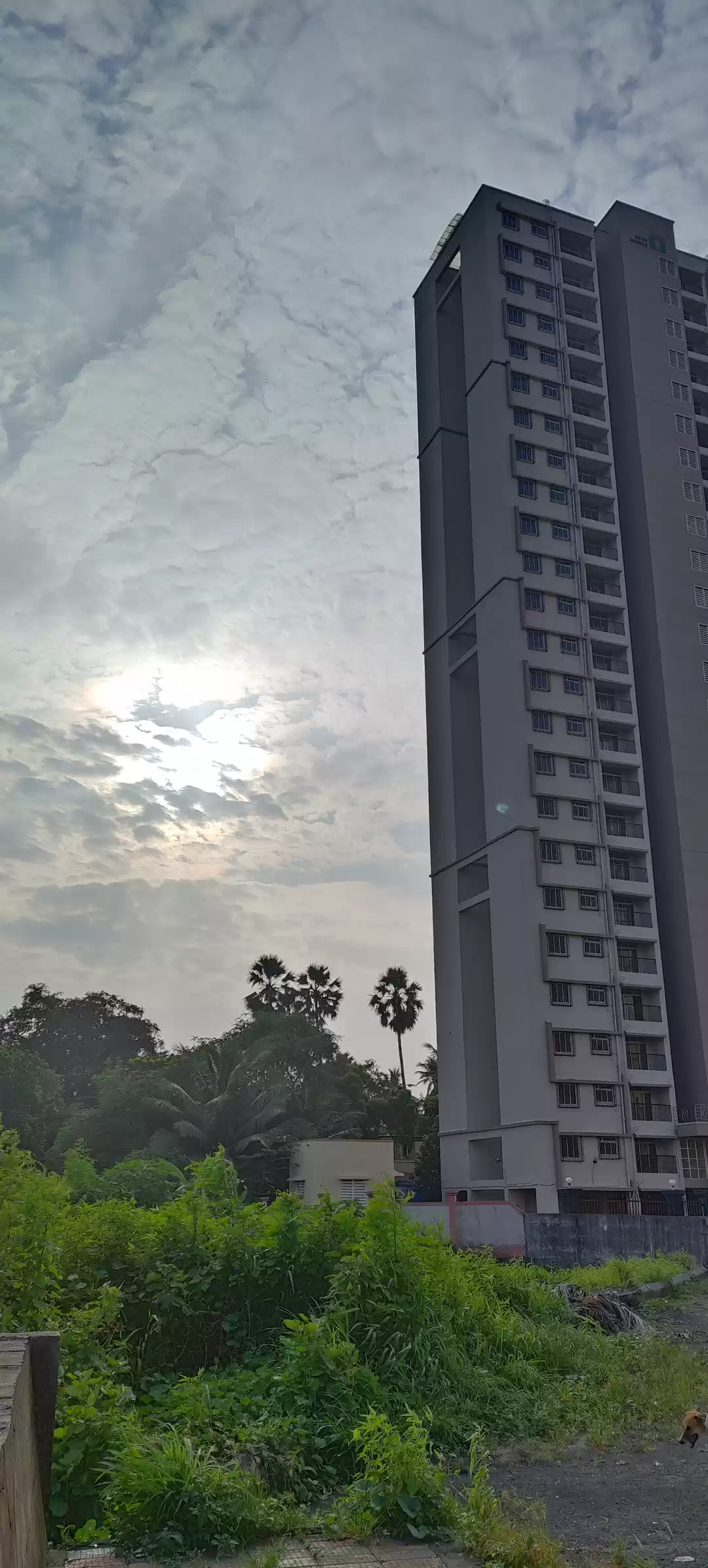
A synthesis of Portuguese, Maratha and Indo-Islamic architectural styles is evident while one explores the vast expanse of the Vasai Fort. One might even feel a tinge of Déjà vu for the fort has served as the backdrop for several stills in Bollywood films, songs like the title track of Kurbaan and the American band Coldplay’s Hymn for the Weekend. Most recently, the fort was featured in the Amazon Prime Original, Made in Heaven as the location for the tacky music video made at the behest of Tarana Ali, the rich girl from Delhi played by Maanvi Gagroo who's out chasing the 'Delhi' feels and wants an undiscovered and yet, picturesque backdrop for the same.

One can reach the Vasai Fort – originally named Bassein Fort by the Portuguese – through train by alighting at the Vasai railway station and hailing a cab from there. The ramparts of the main citadel come into view as a narrow lane wades through the fortifications. Thereon, the fort spreads in all directions. The Vasai Fort was first built by the Portuguese in 1536. It was captured by the Marathas in 1739 and eventually by the British after the First Anglo-Maratha War in 1802. The passage of time has ensured that the fort has weathered and lies in ruins today. This means that the visitor is unable to understand the functionality of the various structures inside the fort. Nevertheless, a few structures, such as the arching gateways of varying sizes, the Portuguese churches within the complex and the staircases seem to have defied all odds and preserved themselves.

The main citadel consists of crumbling ruins where interloping mounds are shaded by a canopy of coconut trees. Just when one is wondering if they have seen all there is to it, one will spot a navigable dirt road winding its way through the wild, unpruned grass. The road leads to the more well-preserved structures of the fort. There are the remains of what once was, the St. Anthony’s Church, built between 1537 and 1557 CE.
Its courtyard is symmetrical in its make, evident as when one ascends the stairs which lead you to a chamber behind the dome and peer through the arched window, the light shines right through a similar window from the balcony on the opposite end of the courtyard. The floor of the church has several graves, reading Latin and heralding the Portuguese origins of the fort. The courtyard of this church witnessed history as the treaty between the Maratha Generals and Kaitan Pereira D’Souza, the Portuguese captain was signed here following the Maratha accession of the fort in 1739.

The Marathas then went about placing symbolic installations of their victory inside the fort which includes the Vajreshwari Devi Mandi which was built by Chimaji Appa, younger brother of the famous Maratha General Peshwa Baji Rao I. There is bustling activity inside the picturesque ruins of the fort. Lovers abound in the nooks and crannies, on balconies and terraces, while couples pose on staircases for their pre-wedding photoshoots.
One such staircase leads to a terrace where a flagpole is placed. From here, one can view the entire fort, all 110 acres of it. Not far from here, is the Gonsalo Garcia Church, standing tall amidst crumbling ruins. The interiors of the church are intact and are decked up routinely for the Sunday mass and a host of other functions and services. The Vasai fort is key in understanding the cosmopolitanism which has come to distinguish Mumbai from the rest of India. Perhaps, the regular stream of visitors could wake up the Archaeological Survey of India (ASI) to its enduring tourism potential.















